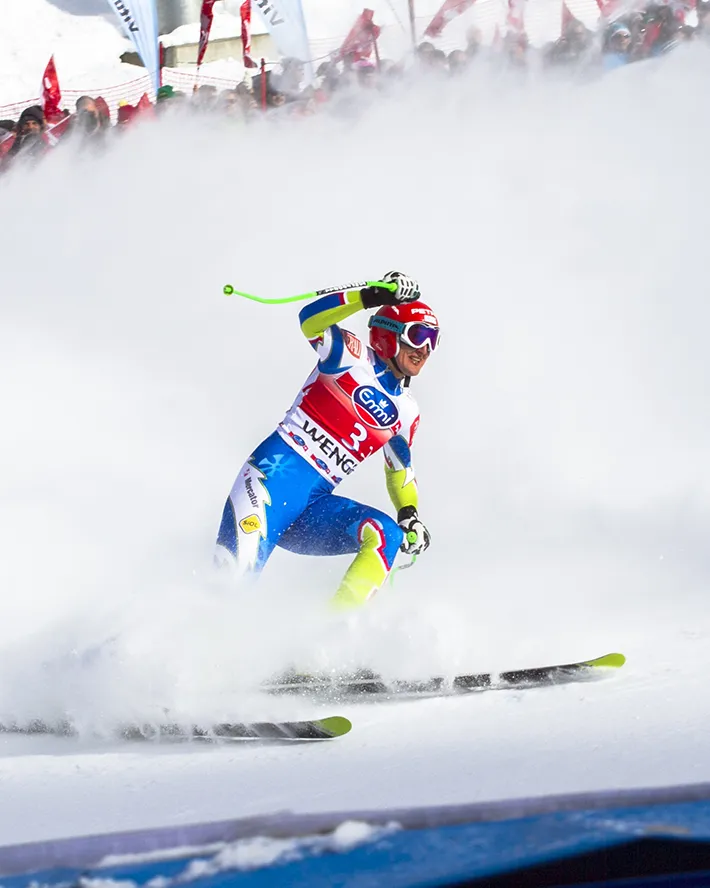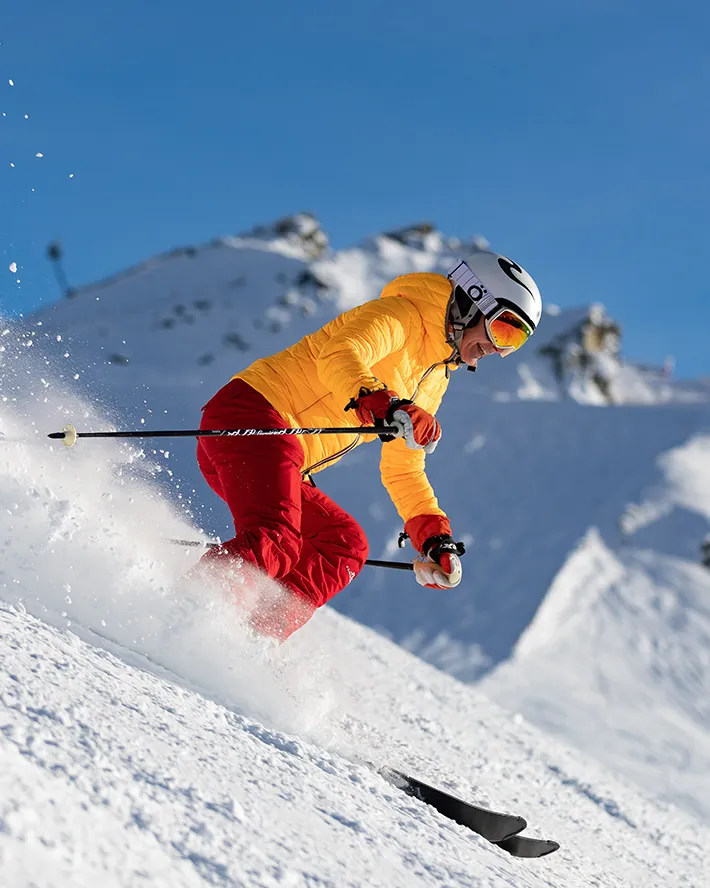Ski racing has a rich history dating back to the early 20th century, when the sport first began to gain popularity in Europe and North America. Over the years, many legendary ski racers have emerged, pushing the boundaries of what was thought to be possible and leaving a lasting impact on the sport. In this blog post, we will take a look at some of the pioneers who changed the game and helped shape the sport of ski racing into what it is today.
Five avalanche risk red flags

There are many factors to take into account in assessing avalanche risk. However, in most avalanche accidents one of the following factors was present, but often ignored by the people involved. Keep a constant eye out for these red flags that indicate the risk level is high:
1. Recent avalanches
This one's a no-brainer, right? The best indicator of avalanche risk is...... avalanches. So look around you when you're going up the lift or when you're skinning into the terrain, and if slopes that have a similar aspect to the one you're planning to ski have slid, then make another plan.
2. Other signs of instability
Cracks in the snowpack, particularly ones that propagate as you watch, or the dreaded "whoomping" noise as a weak layer collapses on a slope, are signs of significant instability. Sometimes the snow might give a hollow or drum-like sound as you traverse it- this can indicate a harder slab on top of a weaker layer. Look for a safe route out.
3. Recent wind
Wind can move huge amounts of snow around, and leads to loading and slab formation on lee slopes, so if there's been wind, be careful out there! Watch out for spindrift blowing off the peaks, and look out for signs of previous wind effect, such as pillow snow drifts and cornices. Check the roofs of the mountain chalets- is one side much more wind-loaded than the other? Remember that there can be local variations in wind direction, so assess each slope individually and try to figure out whether it has been loaded- look at the pattern of wind erosion around rocks and trees. Be especially aware of cross-loading, as this can give rise to slabs of variable depth.
4. Recent significant snowfall
This can also overload slopes, making them unstable. As the old adage goes "beware the first fine day after a storm". This is often compounded by "powder fever", i.e. competition for a scarce resource driving reckless behaviour, but that topic's for another post. Also beware of significant rainfall, as this can weaken the snowpack.
5. Rapid temperature rise
Rapid warming can make the snowpack unstable as it weakens the cohesion within the snowpack. Keep an eye on the weather forecast and check out what the avalanche forecast says about temperature fluctuations.
If one or more of these red flags is present, have an even higher index of caution than normal- perhaps stick to low angle terrain, pay close attention to safe travel routines and think very carefully about route choice. Maybe it isn't even a day for the off-piste- remember it'll always be there tomorrow, and you want to be too.
Have fun out there!


